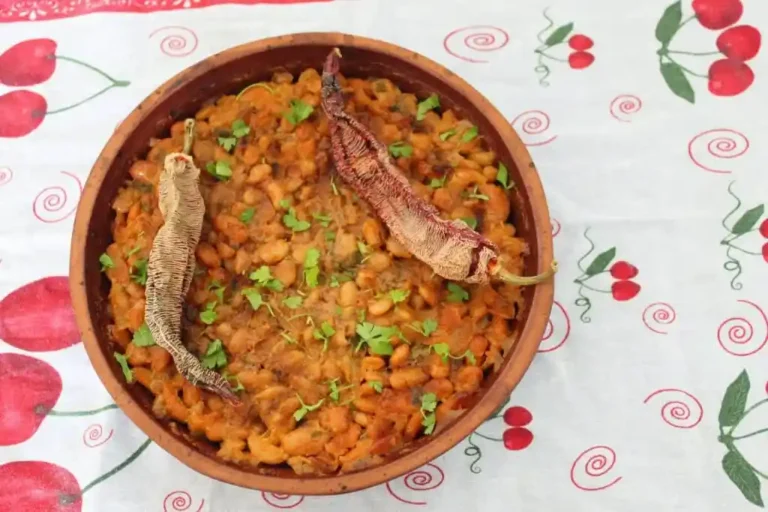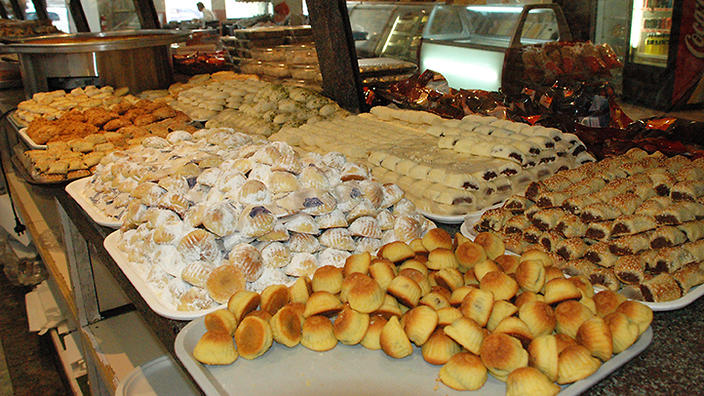Introduction: The Fusion of Cuisines in North Macedonia
North Macedonia, a country located in the Balkans, has a rich cultural heritage that is reflected in its cuisine. The country’s cuisine has been influenced by various cultures over the centuries, including the Ottoman Empire, which ruled the region for more than 500 years. The Turkish and Middle Eastern cuisines have played a significant role in shaping the food of North Macedonia, resulting in a unique blend of flavors and cooking techniques.
Turkish Influence on North Macedonian Cuisine
The Turkish influence on North Macedonian cuisine is evident in the use of spices such as cumin, cinnamon, and paprika, which are commonly used in Turkish cuisine. Dishes such as kebabs, pilafs, and baklava, which originated in Turkey, are also popular in North Macedonia. The Turks also introduced the technique of grilling meat, which is now a staple in North Macedonian cuisine.
Middle Eastern Influence on North Macedonian Cuisine
The Middle Eastern influence on North Macedonian cuisine is seen in the use of ingredients such as chickpeas, eggplant, and tahini. The Middle Easterners also introduced the use of yogurt as a main ingredient in dishes such as dips and sauces. Another significant influence is the use of olive oil as a cooking medium, which is commonly used in Middle Eastern cuisine.
The Intersection of Flavors: A Culinary History
The intersection of flavors in North Macedonian cuisine is a reflection of the country’s diverse history. The Ottoman Empire ruled the region for more than five centuries, and its influence can be seen in the use of spices and cooking techniques. The Middle Eastern influence is also significant, as the Ottomans had close ties with the Middle East. Over time, North Macedonian cuisine has evolved to include influences from other cultures, such as Italian and Greek.
Shared Ingredients and Cooking Techniques
The shared ingredients and cooking techniques between Turkish, Middle Eastern, and North Macedonian cuisine include the use of lamb, beef, and chicken as primary sources of protein. The use of yogurt as a main ingredient in dips and sauces is also common in all three cuisines. Grilling and roasting meat are popular cooking techniques, as well as the use of phyllo dough in pastries and desserts.
Modern North Macedonian Cuisine: A Reflection of Its Past Influences
Modern North Macedonian cuisine is a reflection of its past influences, with a focus on traditional dishes that have been passed down through generations. The country’s cuisine has also evolved to include modern interpretations of classic dishes, incorporating new ingredients and cooking techniques. North Macedonian cuisine is a testament to the country’s cultural heritage, with a unique blend of flavors and cooking techniques that reflect its diverse history.


